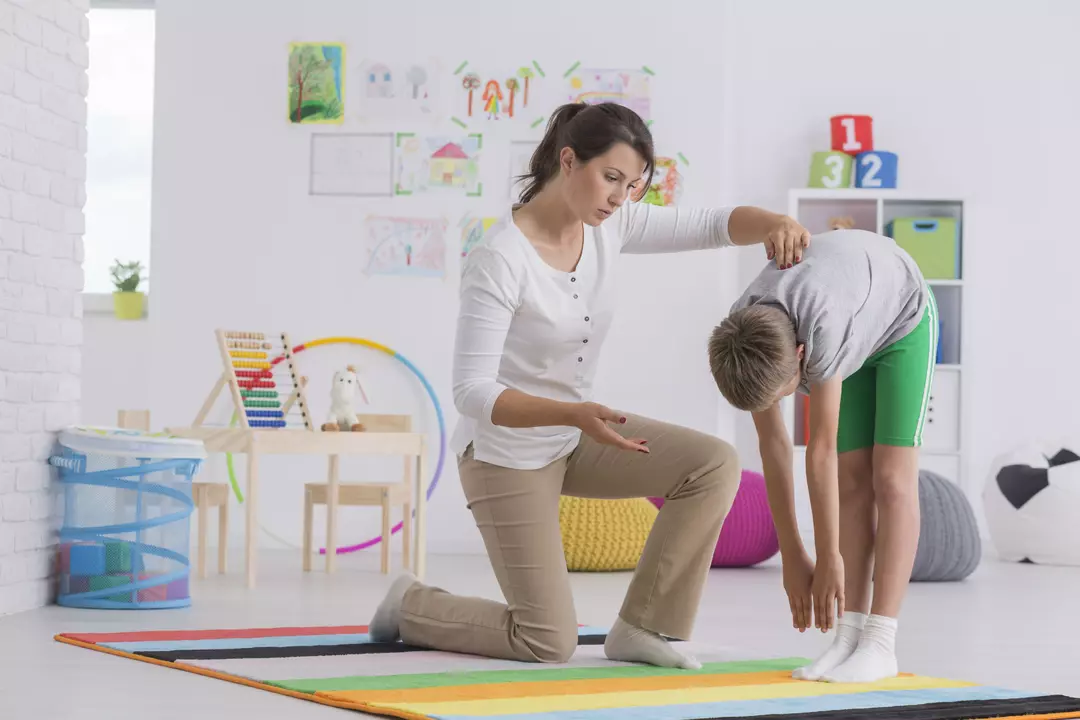Children: Practical Guide to Kids' Medicines and Safety
When your child needs medicine, you want clear, useful advice — fast. This page groups our best articles and gives straightforward tips parents can use right away: how to check doses, what meds to avoid, and how to buy prescriptions safely online for kids.
Quick safety rules for parents
Always dose by weight or pediatric directions, not by adult labels. If a label lists milligrams per kilogram, use your child’s current weight and double-check the math. Keep dosing tools that come with the medicine — kitchen spoons are unreliable. Never give adult-strength tablets to small children without a doctor’s OK.
Store all medicines out of reach and in original containers. Lock up vitamins and supplements; they can look like candy. If you suspect an overdose, call your local poison control center or emergency services immediately.
Avoid certain drugs in young kids: for example, many antibiotics and anti-infectives have age limits (tetracycline is usually avoided in young children because it can affect teeth). Also, don’t give aspirin to children with viral illnesses because of the risk of Reye’s syndrome. If you’re unsure, ask your pediatrician.
Common conditions and what to expect
Asthma and breathing issues: inhalers are common for kids. Our Breo vs. Symbicort article explains how inhalers differ and what to ask your doctor about daily control versus rescue use. For allergy-driven asthma, montelukast is often discussed — we have a guide on buying it safely and what to watch for in kids, like mood or sleep changes.
ADHD and sleep: atomoxetine can help with focus but might change sleep patterns. If your child’s sleep worsens after starting a new ADHD med, talk with the prescriber about timing, dose, or alternative treatments.
Skin infections and rashes: ringworm is common and usually treated with topical antifungals you can buy over the counter. Our ringworm article shows how to spot it and when to see a doctor.
Severe or chronic conditions: drugs like Depakote (valproate) are used in epilepsy and mood disorders in children but need specialist oversight. If your child uses a medication that requires monitoring, keep scheduled blood tests and report side effects promptly.
Buying meds online for kids: telehealth and mail-order pharmacies can save time, but only use reputable services that require a pediatric prescription. Read our guides on safe online pharmacies and telehealth bundles to spot red flags — like sites that sell prescription meds without asking for a prescription.
Want practical next steps? Keep a list of current meds, doses, allergies, and your child’s weight in your phone. Bring that list to every appointment. If a new symptom appears after starting a medicine, stop the drug only if instructed by a clinician — but call your pediatrician right away.
Explore related articles on this page for details: from inhaler comparisons to sleep effects of ADHD meds, and safe online buying guides. Use them to make smarter, safer choices for your child’s health.

The Role of Occupational Therapy in Supporting Children with Juvenile Arthritis
- by Colin Edward Egan
- on 30 Apr 2023
As a blogger, I've recently been researching the role of occupational therapy in supporting children with juvenile arthritis. Occupational therapists play a vital role in helping these children maintain their independence and improve their quality of life. They work closely with the child and their family to create customized treatment plans that focus on enhancing daily living skills, managing pain, and preventing joint deformity. Occupational therapists also educate families on various strategies to help their child manage the physical and emotional challenges associated with this condition. Overall, the support and guidance provided by occupational therapists are crucial in ensuring children with juvenile arthritis can lead fulfilling lives.
